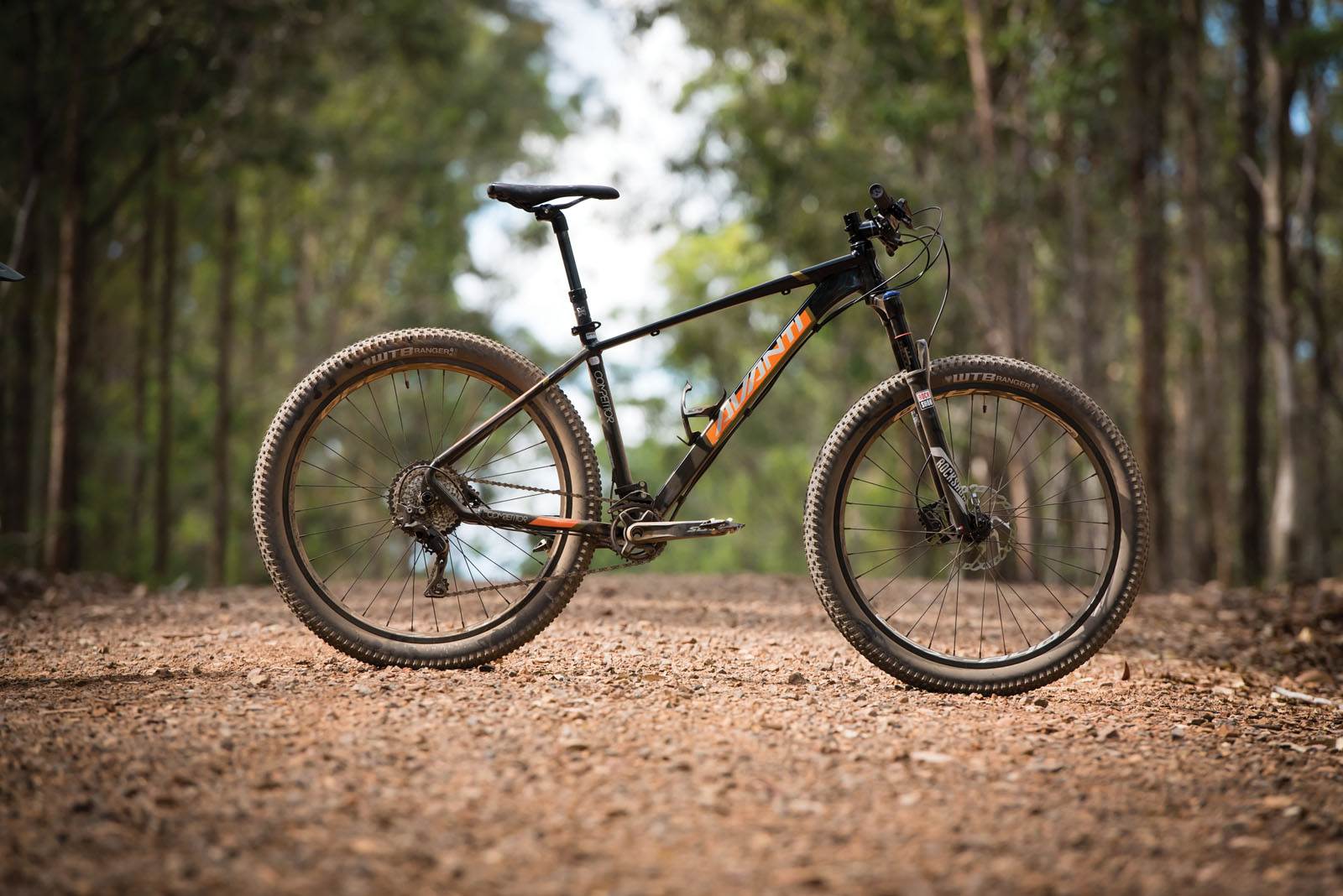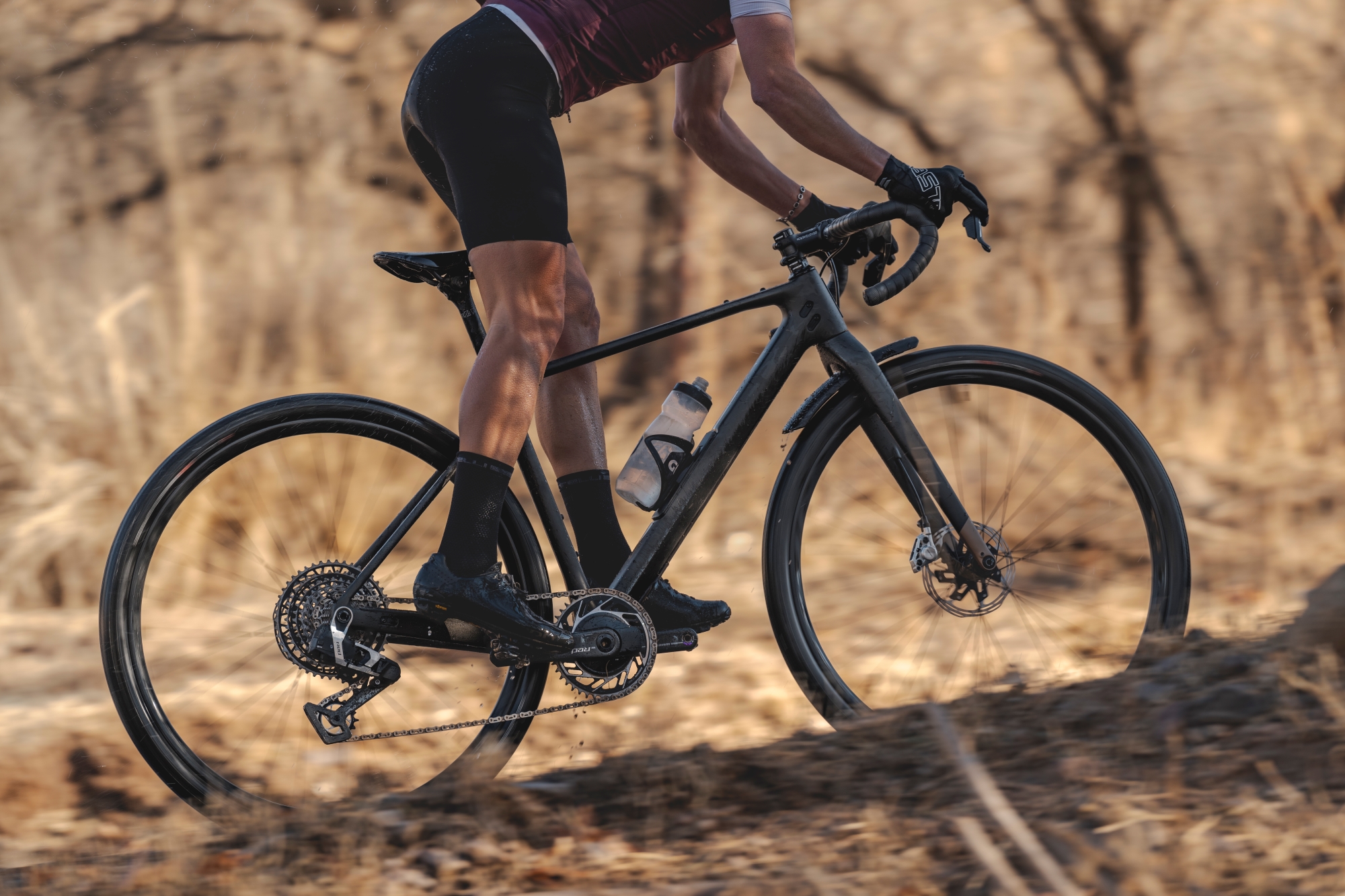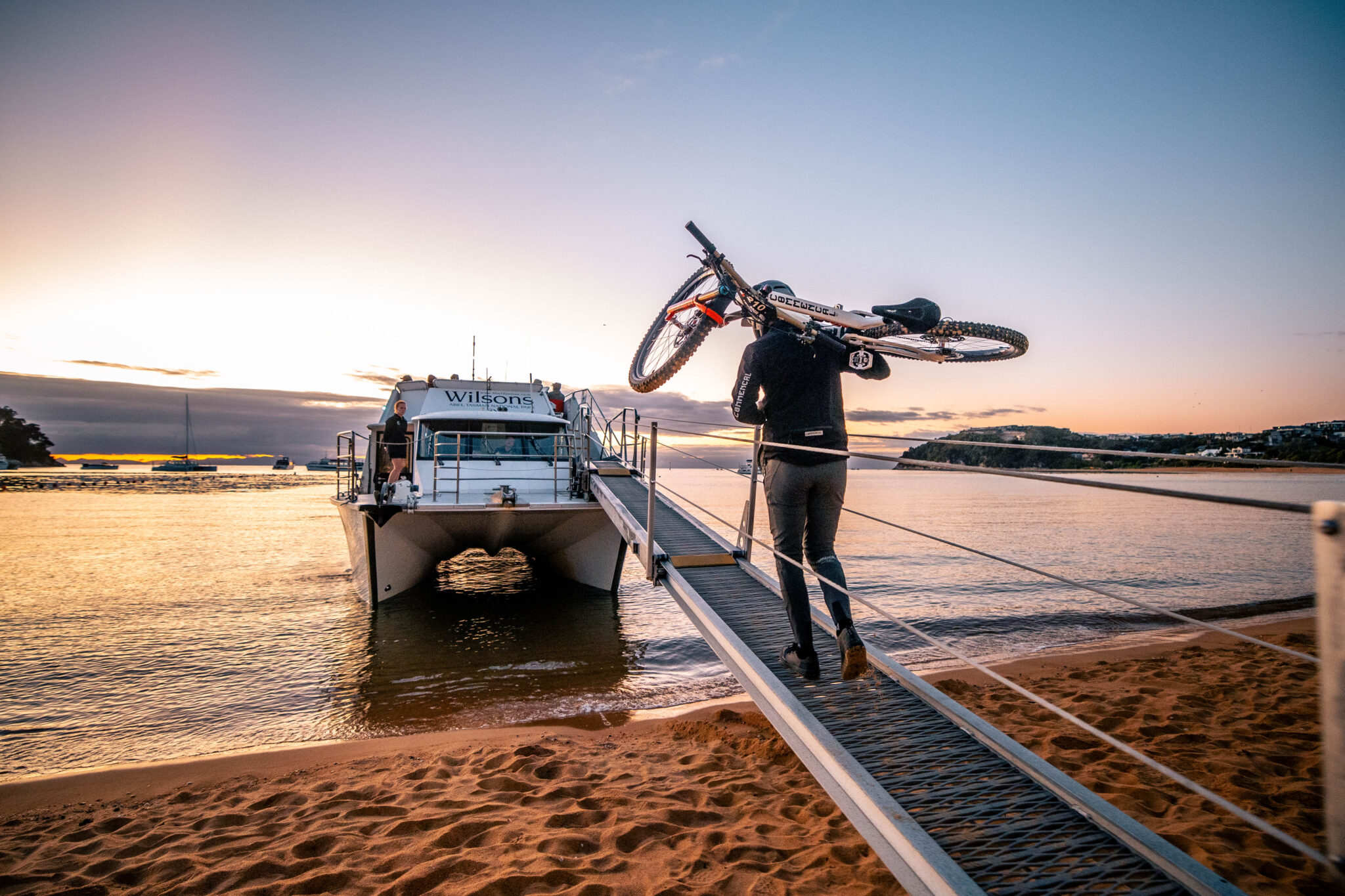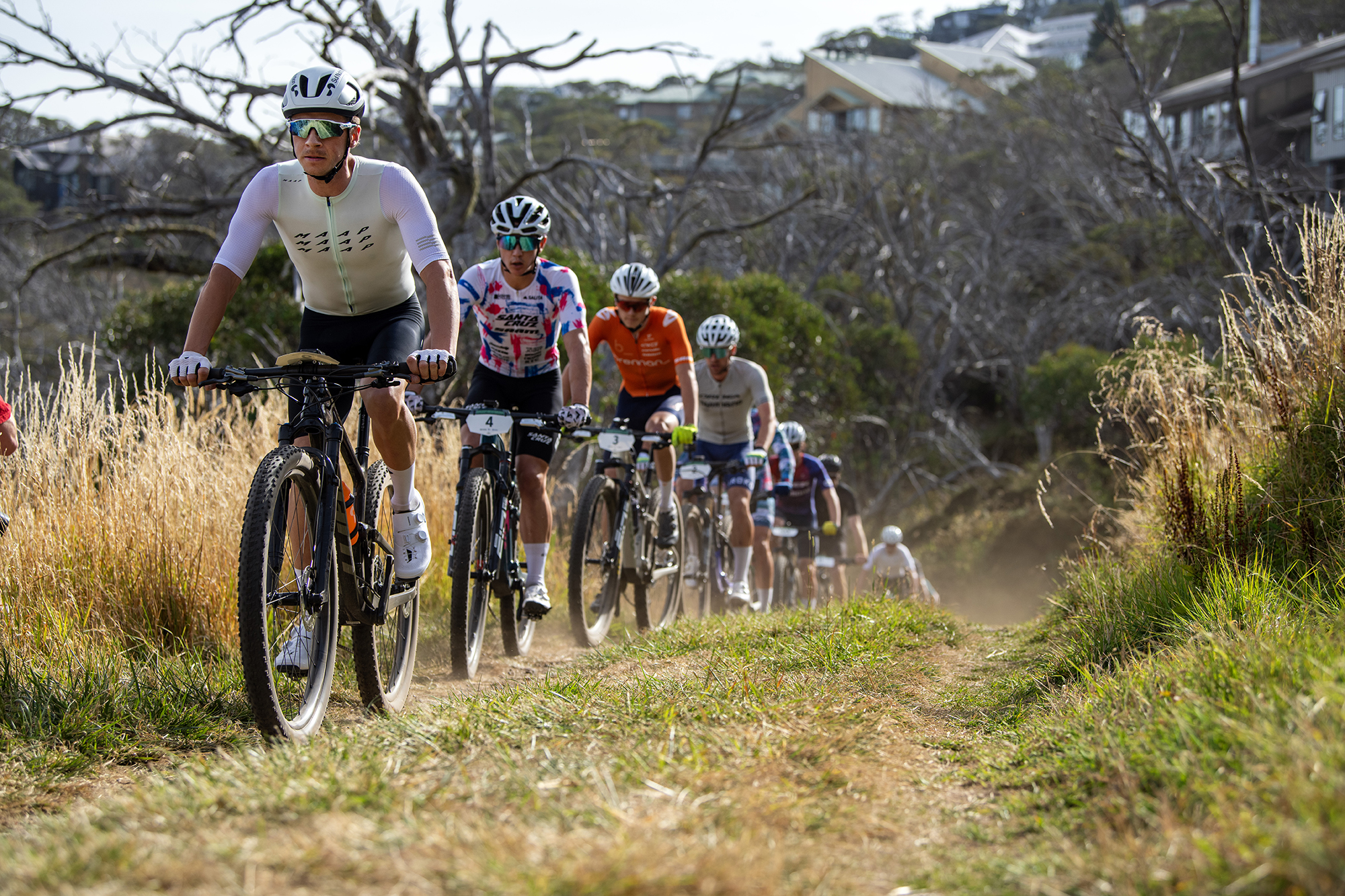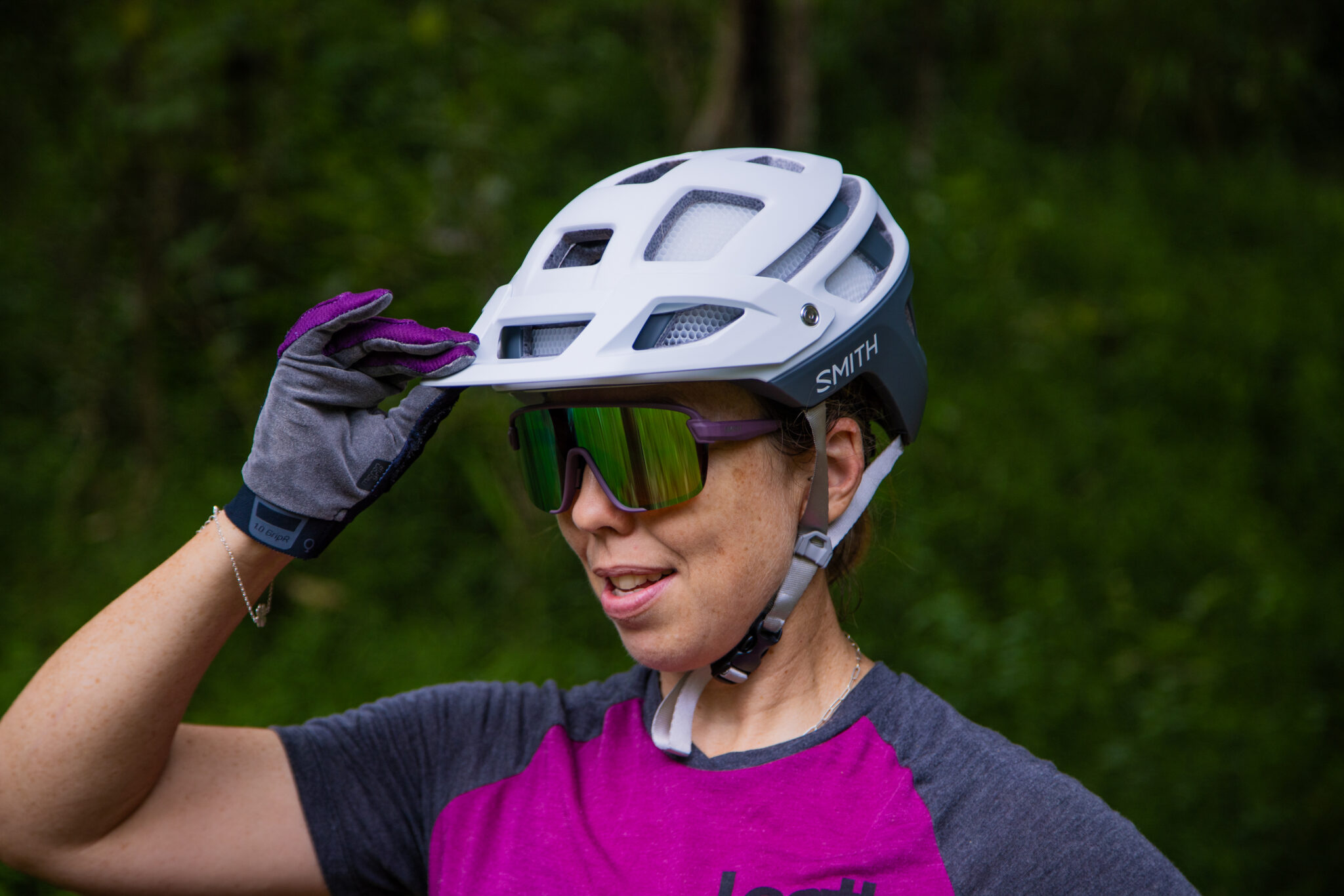TESTED: Avanti Competitor Plus 2
Avanti prove with their Competitor Plus 2 that they are able to build a great riding trail bike at a great price
Avanti are as Kiwi as they come, and the bike brand that is synonymous with making great value and great riding bikes was launched in 1985. Two years after they brought out their 10-speed road bike, Avanti sent the Revolution to market, which was their first foray into mountain biking. From there it was a story of growth, with unique designs coming out of New Zealand to the local market and to Australia from 1990. Nathan Rennie raced on Avanti in the late 90s and since then, Avanti’s bikes have won national, world and Olympic titles across various cycling disciplines.
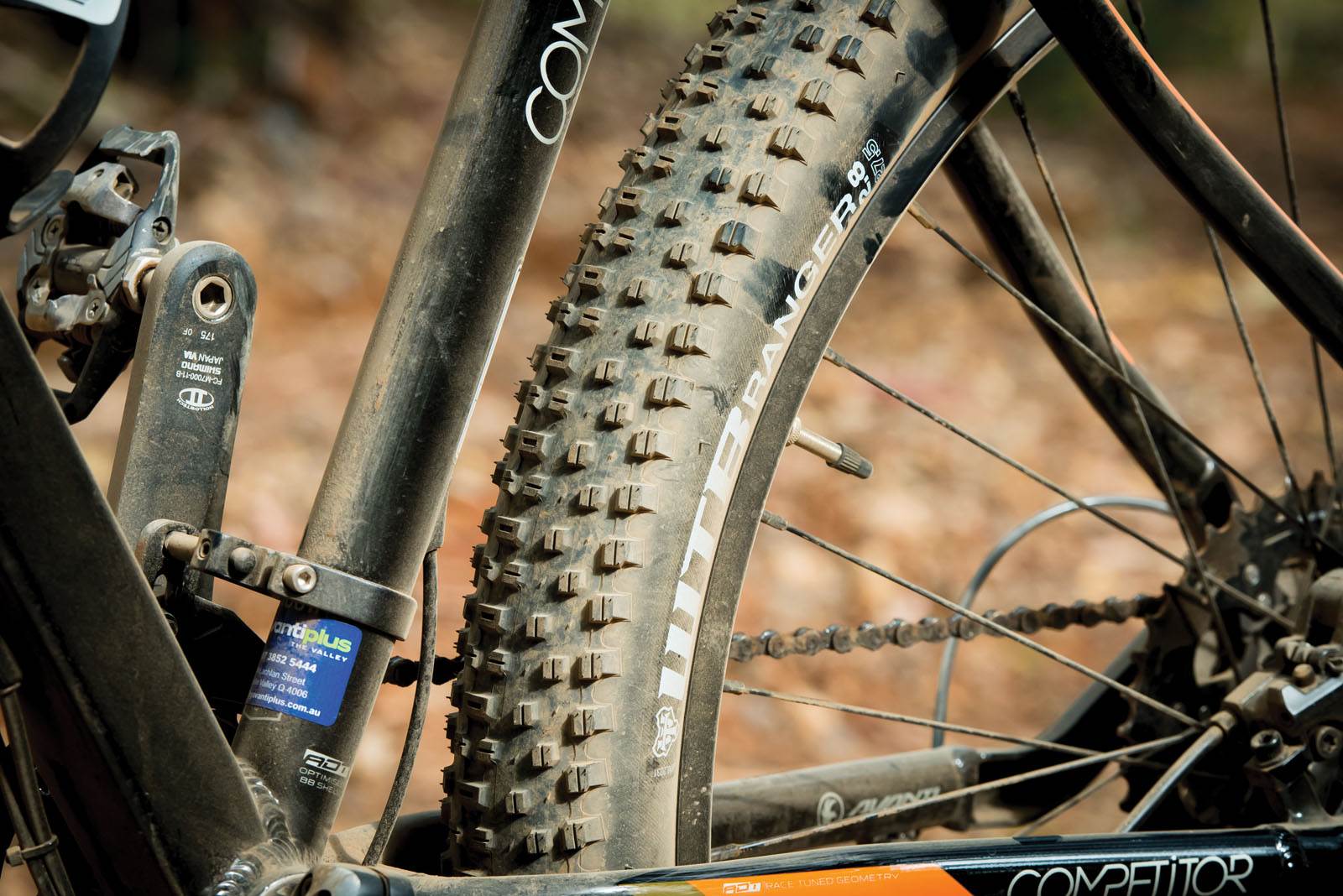
With Avanti’s mountain bike focus leaning mostly to trail riding, they were quick to jump into plus-sized bikes – with a 2.8” (or larger) tyre on a 27.5” rim. The Competitor range of bikes was the perfect fit, and Avanti have full-suspension and hardtail options in aluminium frames. The Competitor Plus 2 that we received to test is their top-specced Plus hardtail, with two full-suspension options as the Plus S1 and Plus S2 that both offer a trail-eating 130mm of travel, compared to the 120mm travel front end that the hardtails have.
Avanti state that when riding the Competitor Plus 2, “traction and control are taken to new levels”. Which is a mighty claim. But given our previous experience with plus-sized bikes, it’s not an outrageous statement of intent. We just needed to prove it with this bike, and see how it fared in the competitive (excuse the pun) market of $3000 trail bikes.
Initial Impressions
I picked up our test bike from AvantiPlus in Brisbane. It was all set and ready to roll. The alloy frame is custom shaped 6061 aluminium, with all the modern standards you would expect. From an integrated headset in the tapered head tube, to routing for an internally actuated dropper post, 148x12mm Boost spacing and integrated disc mounts. There are a few handy features that you might miss, but that mechanics around the world (or at least in Australia and New Zealand) will appreciate.
The standard thread (or BSA) bottom bracket is no-nonsense and the external brake hose and gear cable routing makes servicing and maintenance much easier. While the dropper housing shoots into the base of the seat tube, it’s one straight line and easy to thread, without needing to remove the crank set or bottom bracket. That means greater serviceability, and faster serviceability too. So it’s either easier for you, or faster for your mechanic, which is lighter on your wallet.
Dropper posts on hardtails are ‘a thing’, and especially on Plus bikes with trail geometry. The X-Fusion HILO post has a thumb lever that interferes a little with the brake mount, but it depends how you mount it, for your ergonomic choice. It has 100mm of drop, which is about right for a bike like this. There is a quick release lever too, which seems a bit odd but it does make it very easy to get your seat height right.
As noted by Plus aficionado Adam Macbeth in a previous issue, much of the joy of Plus bikes comes down to getting the rim and tyre combination right. Or, more specifically, the rim width. Avanti have chosen the Weinmann X-A40 for the Competitor Plus 2, and its internal volume is spot on for the WTB Ranger Comp 2.8” tyres that come stock on the bike – allowing pressures around the mid-teens for the test period.
The Shimano group set, although it’s a bit of a pick’n’mix of parts, is a smart choice. The better parts are in key locations with some non-series selections to keep the total price down. The Shimano SLX 11-speed shifter and cassette are matched with an XT 11-speed rear derailleur, and a SLX crank with a 30T chain ring that features the updated tooth pattern. There’s a generic guide on the bike, which is a smart move as an alloy hardtail with trail geometry and a dropper is going to be ridden hard.
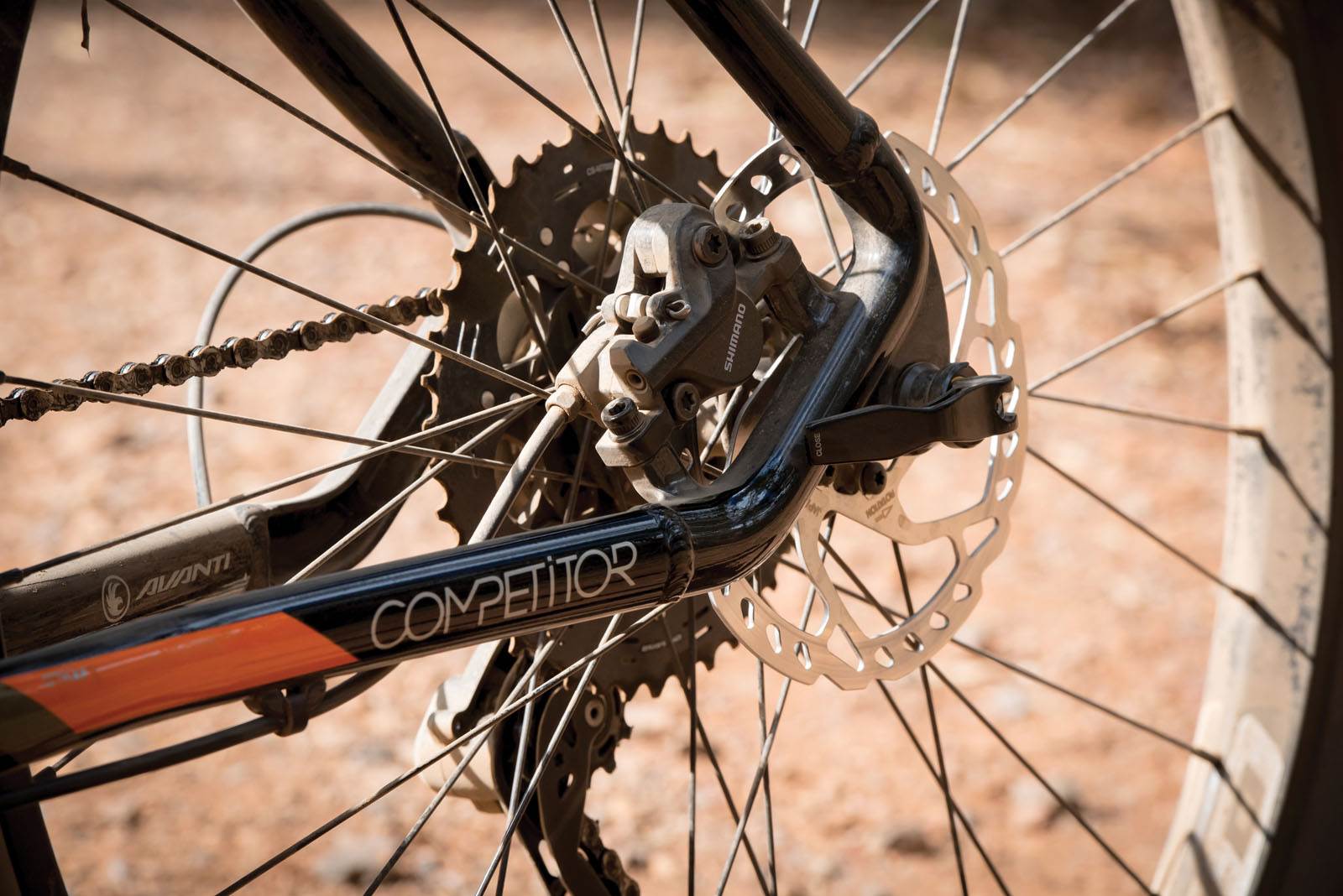
The chain is from KMC, and brakes are Shimano’s M506 series, which lack a little bit of bite compared to something higher up – but a switch out to sintered pads will change a lot of that. The levers use the older style clamp which takes up a bit of room on the bars, but at 730mm wide there is enough real estate on the handlebars for clamps that are 5mm wider.
Up front, the RockShox Reba RL runs a Solo Air spring, and has rebound adjustment and low speed compression options to tune your ride. It’s a reliable fork for XC to trail riding, but it’s not in the realms of stiffness of a Lyric or Pike which some higher specced (and priced) Plus hardtails come equipped with.
On The Trail
The real test of any bike is always going to be in the ride. The numbers on the Avanti were promising. A 69 degree head angle and low 100mm head tube meant that the ride wouldn’t be all-mountain slack, but would be stable for trail riding – with a low enough position to keep that big tyre gripping. Avanti have also used forks with 51mm offset, which changes the trail of the fork meaning the bike ‘feels’ like it has a slightly slacker head angle, without so much front wheel flop.
With a 625mm horizontal top tube on the large I tested, the reach was pretty much spot on with the 80mm stem and 730mm wide bars. Although I would be tempted to try a shorter and wider setup.
My preferred test route on my local mountain came into play for my first ride. With a fire trail climb and hand-cut singletrack traverse that leads to more manicured trails, it tends to give a pretty honest appraisal of a bike.
With the 30T chain ring and 11-42t spread, the Avanti climbed its way up, utilising the traction of the 2.8” tyres to gain the altitude my route takes before descending on the singletrack. I did think that a 32T chain ring and 11-46 cassette might be a wise change to get some broader range, but this is an upgrade you could do once you’ve worn through the chain ring and cassette – if your riding needs it.
Pushing the bike around and working it over technical terrain was a lot of fun, as was dropping the seat and pumping features for speed. Equally, the Avanti responded quite well to sitting back and letting it roll. If it’s the first pure mountain bike you get on it will be a great starting point as it does roll over a lot of obstacles really well, and blurs the abrupt nature of some mistakes you can make when new to the sport.
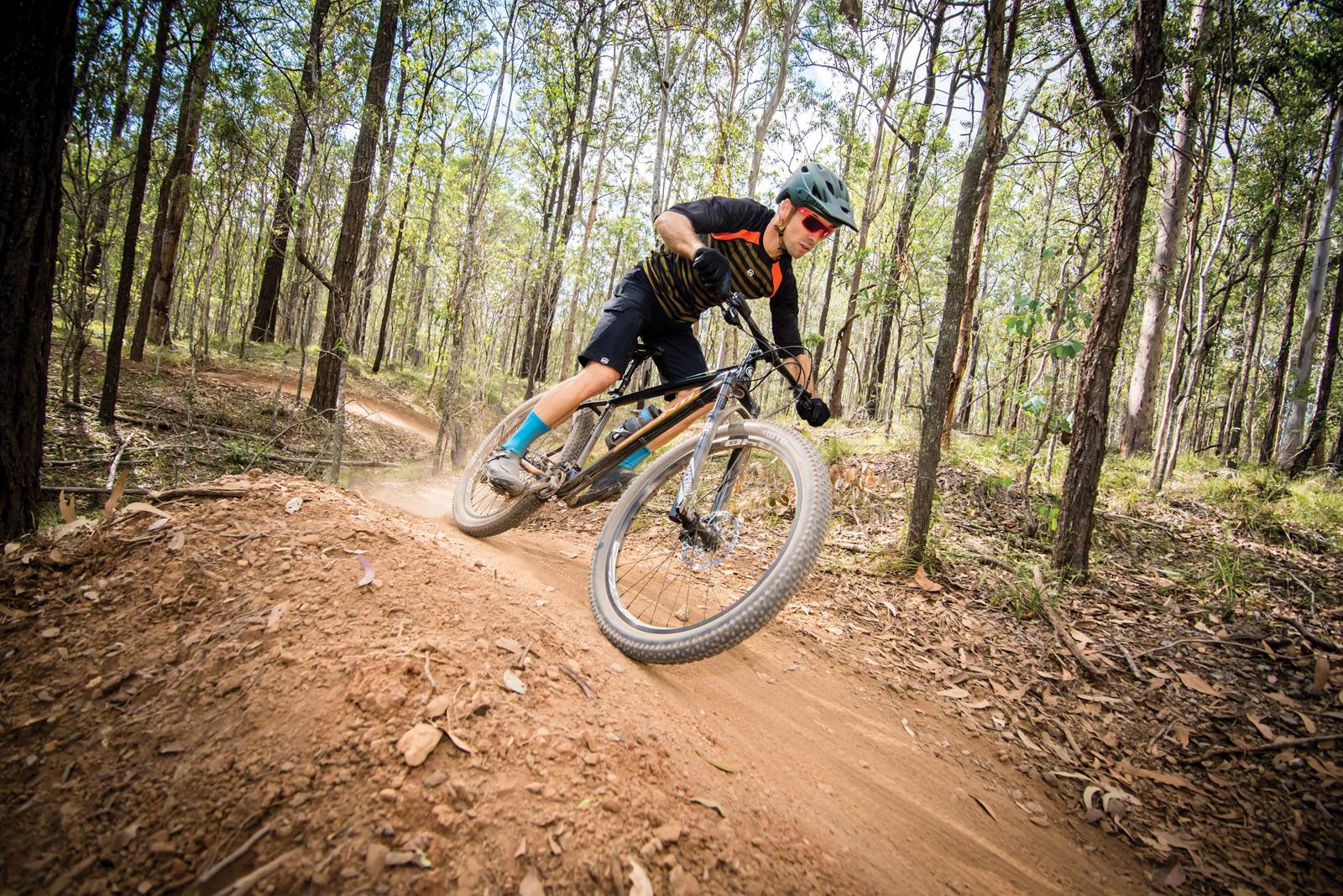
The Competitor Plus 2 is no super-light bike, but few Plus bikes are. It responded really well to rider input and certainly gave some extra assurance in dry and loose conditions. Given the geometry isn’t all-mountain slack, the Avanti made its way uphill without complaints, although you’re not likely to trouble riders on dedicated cross-country bikes.
The Reba RL did everything it needed to, and I rarely used the low-speed compression or lock out. I did end up changing the recommended pressure to a few psi lower than the guide recommends, to get full travel. If you ride harder you might keep it a bit higher. But it serves as a good reminder that small differences can really make a big change, as the bike was more supple and the front end was far more responsive once I’d got the pressure spot on.
The trap with Plus hardtails is when you start to reach the limit of the bike, it can be tricky to bring it back. There is a lot of traction on offer once you have your tyre pressure dialled in (and if you buy a Plus bike, get a high quality digital pressure gauge). But in the case of a bike like the Avanti, if that high traction and control takes you into a steep rock garden at speed you will get a sudden reminder that you’re still on an aluminium hardtail. That reminder could be a flat spot on a rim, a near-on brown pants moment or even a major crash.
There were only a couple of things that took away from the ride, and it was mostly with the X-Fusion dropper post. It had side-to-side play out of the box which developed into an audible knock while riding – and I couldn’t get the lever in a great place without it interfering with the brake or moving my hand to actuate it. I think a switch to an aftermarket lever could help. The rear clips to hold on the derailleur cable outer clipped off, and an easy upgrade to a ziptie was made. Otherwise, I think the Competitor Plus 2 has shown how well Avanti are able to build a great riding trail bike at a great price.
Our Take
If you have $2500-$3000 to spend on a trail bike, chances are you will look for a dual-suspension bike. And there are some great options around, like the Giant Trance 3, Avanti’s Competitor S series, or the Competitor Plus S1, or maybe a Norco Fluid. But the argument comes back to parts – you get a much better group set, and suspension and wheels, with a hardtail.
And while hardtails have been viewed as ‘XC’, the addition of plus-sized tyres opens up their performance envelope on trails, increasing braking and climbing traction and opening up new lines while allowing riders some more comfort and greater speed. All for lower maintenance costs and a lower entry. Avanti are right, they have taken hardtails to a new level of traction and control.
The Avanti Competitor Plus 2 ticks a lot of boxes for a great trail bike for the enthusiast. The Shimano 11-speed group set is near on faultless, and the RockShox Reba RL has all the adjustment you need, just without an all-mountain chassis or high end tuning options. The dropper post might not be perfect but it never missed a beat dropping or coming back up again – making it more reliable than some other units we have had on bikes three times the price. If you’re not sold on Plus bikes, why not drop in to your local AvantiPlus (see, they’re into it) dealer and take one for a test ride?
| Avanti Competitor Plus 2 | |
| Weight | 13.6kg (as tested) |
| RRP | $2,599 |
| From |
sheppardcycles.com |

